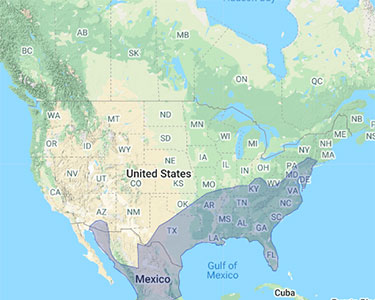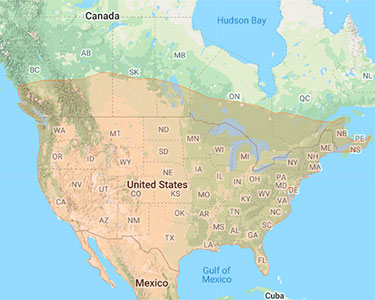Although both the Black and Turkey Vulture are not identified as invasive species,
their increase in population has caused multiple issues. Since the 1980's, catching sight of a
vulture has become increasingly common. This change in population is mostly due to the
use of cars, since roadkill, an easy food source for vultures, became common. More and
more vultures started spreading around the United States, and with them bringing problems.
Black Vultures have been caught attacking young calves, and a flock of them can easily
kill both the mother and calf. In many states, like Ohio, farmers can now call a
wildlife service to lethally remove vultures from the area to prevent death of livestock.
Vultures also have a very high PH level, and their acidic waste buildup on roofs is never
welcome by citizens. The birds, who vomit and hiss when threatened, are difficult to chase away,
so the safe removal of them from the area can be difficult, usually leading to them being killed.




